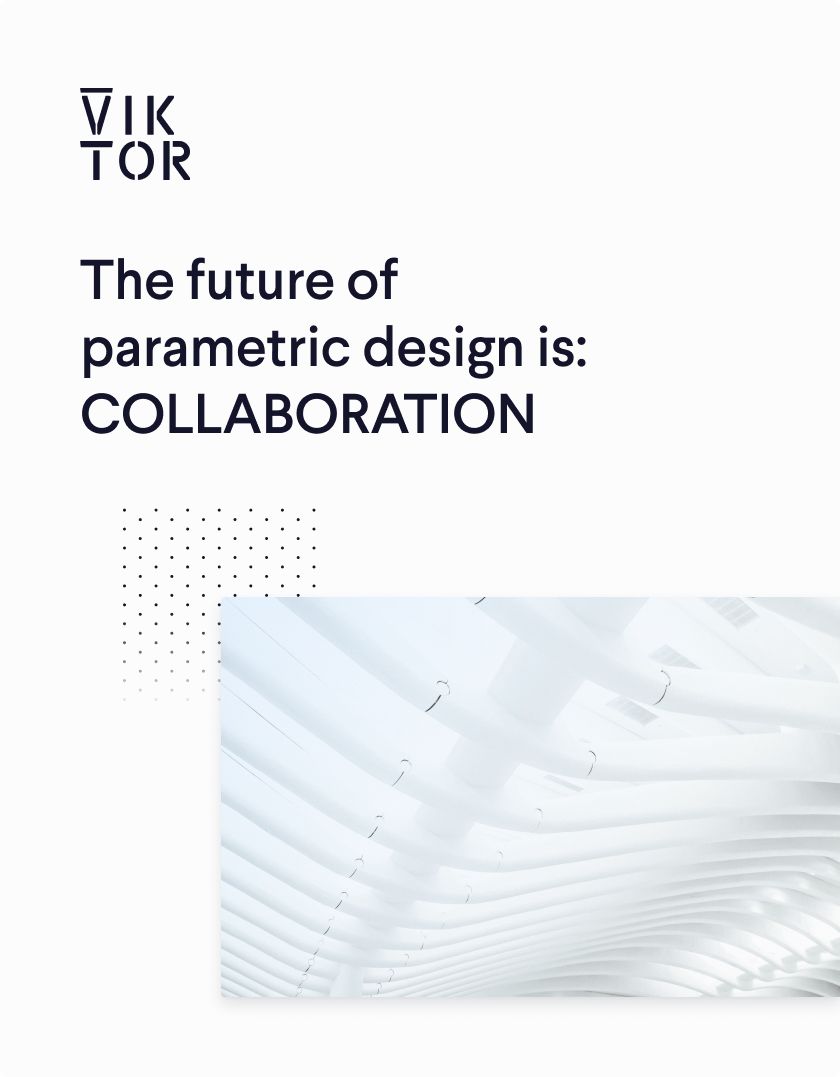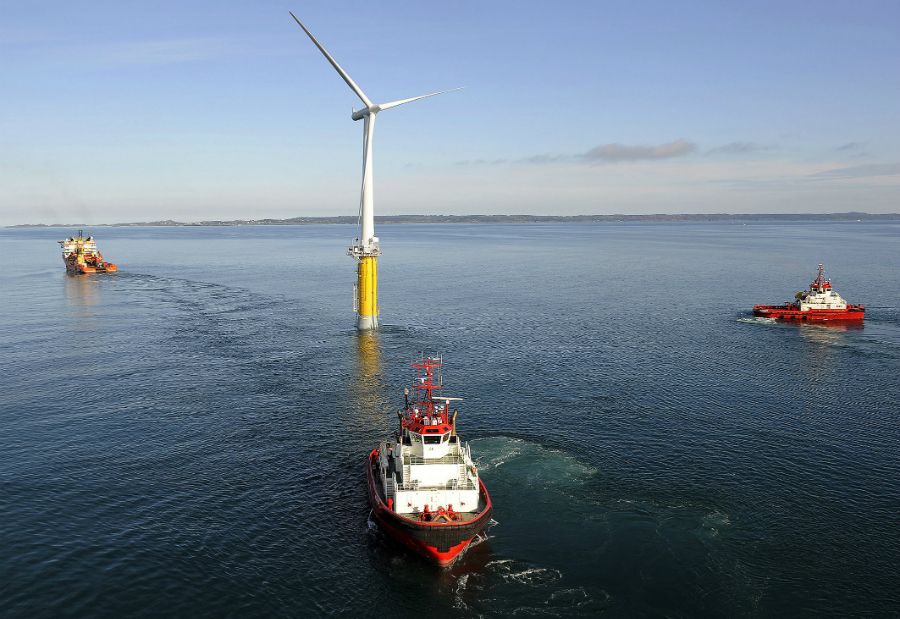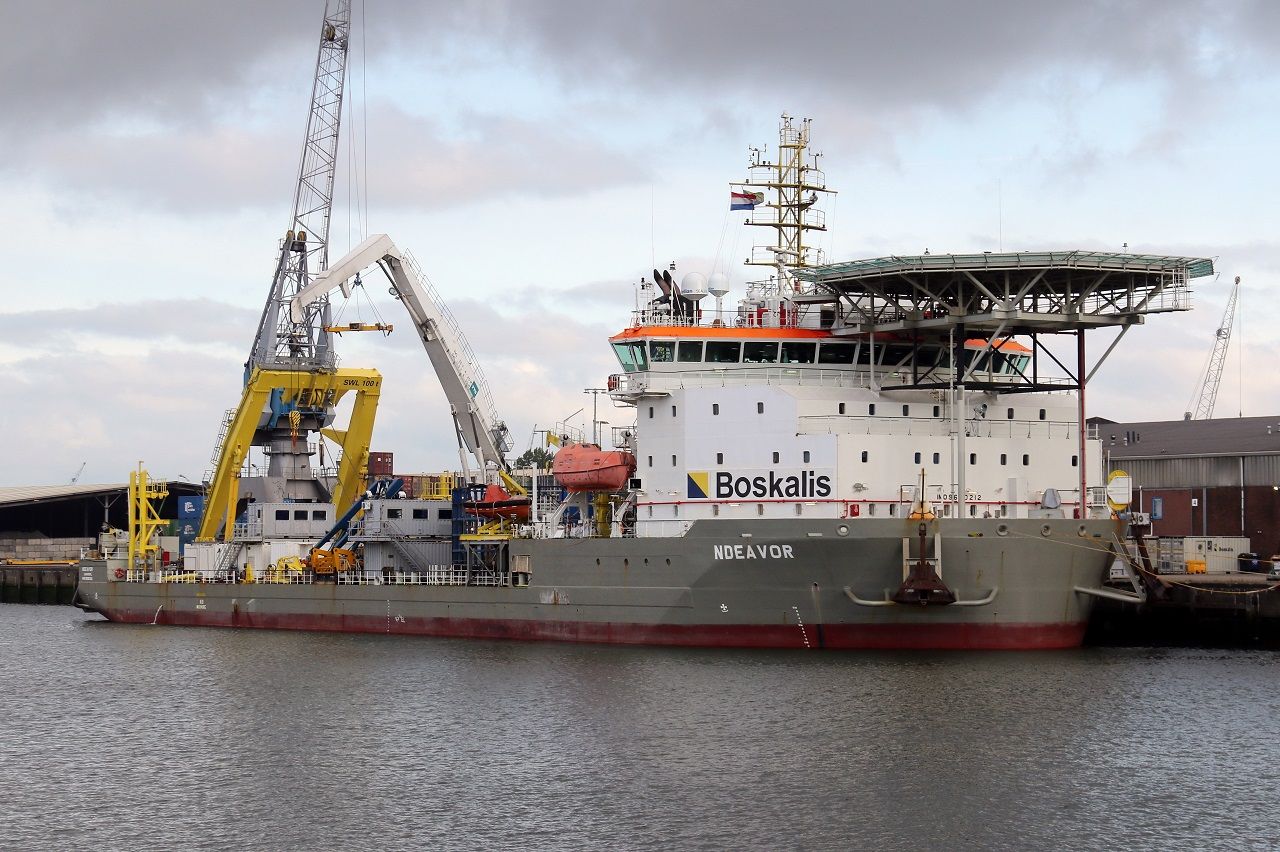
Download the white paper and get INSPIRED
Learn how collaborative parametric design models allow you to work together for better solutions.
Enable customers to create their own design
Pieter Bakker, the Global Manager of Xbloc at DMC, says: “By using the VIKTOR platform we have been able to capture these tools in a web application with which the customer can parametrically design the basis of the breakwater himself. This immediately gives the customers a better insight into what is possible, and we can make an optimal design faster”.
To design the layout of the Xblocs they already had a script within DMC to get started with. “The script worked well, but the problem was that we couldn’t turn it into a dxf file,” explains Bakker. “Because of this we could only use it internally and not web-based, for the customer. “A web application has now been created from a Python script.” tells Bakker. The moment the customer requests a drawing via the application on the website, the scripts generate a design based on the parameters of the client and sends this back to the website as a pdf-file. “In this way we link our scripts to the VIKTOR platform and make it visible to the customer”.
The advantage of the application is that the customer can now test different parameters and basic designs himself, before an official request is made. Bakker, “This not only saves a lot of time for us, but also gives the customer an immediate insight into what would and would not be possible.
Reduce errors
In addition, the parametric design application ensures that the number of errors is reduced. Bakker, “Internally, when determining the optimal design, errors were not always visible in the calculation. But because of the added visualization, errors can be identified and subsequently removed before the design is sent to the customer”.
All in all, the web application ensures that the knowledge that was previously known only to DMC is now also available to the customer and easily accessible. The customer can now first try out a number of parameters before they come up with a specific request. Bakker, “The application gives the customer a lot of insight and made it easier for us to create the optimal design.”



